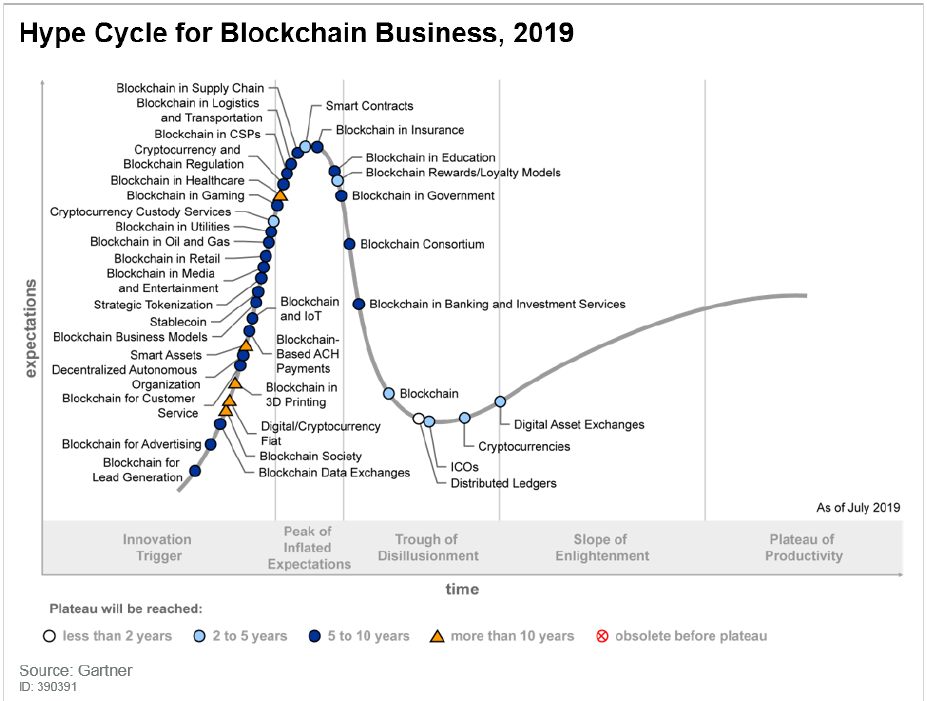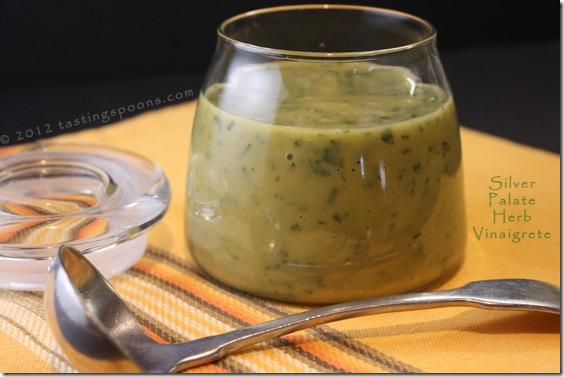Is April the cruelest month? It can be in Canada. This month we’ve had summer like temperatures followed by light snow and freezing weather. It’s kinda what we expect here.
Here’s 90+ things I thought interesting that I really believe you might as well. Something for you to read on a rainy/windy/sunny/who knows April Sunday.
Pandemic: Yes, I am still going on about the pandemic. Hey, whatever public health activity is going on where you live, COVID is still making the rounds. People are still getting sick and dying. There’s a new variant going around: it’s called arcturus and so far it’s just in India. But who knows what could happen with it.
Despite all that, President Biden signed a bill ending the US COVID national emergency. Doesn’t mean no COVID, just how the US is acting upon it. Thankfully the US is rolling out new covid boosters for seniors. We all still need to fight this disease.
In Canada, there is an expectation of a small COVID bump soon. Let’s see. In Nova Scotia, someone has forecasted Nova Scotia getting it badly. Sadly this may be due to how well they handled it initially.
If you still want good data on covid cases, the New York Times has it. Here is a grim reminder of just how badly New York was hit by COVID. No wonder they still track it carefully.
In my last newsletter, I talked about feeling a weird nostalgia for the early parts of the pandemic. I felt that again watching this old clip of the Roots and the cast of Hamilton on Jimmy Fallon performing “Helpless”. I wonder what people will think years from now when they see it?
Inflation: Live COVID, inflation is still a problem, and people are still suffering from it. For instance, due to the high cost of food, people are shopping in salvage grocery stores now. Likely dollar stores, too. Though some towns are getting fed up with them popping up everywhere. I can appreciate that.
Will inflation come down? I think so. It is coming down, but it has a way to go. VOX has more on why inflation is so difficult to drop. The head economist who recently left the White House conceded the economy is not yet ‘Normal’. Or maybe this is the New Normal.
Banks seemed to have settled down since the flame out last month. Here’s more on the bank failures here and here: welcome to the superprime banking crisis.
Speaking of money, here’s how the wealthy use “Wash Sales” to reap tax savings. Also why points cards are bad.
Politics: I tend not to write about politics too much on this blog. I found these pieces interesting, though.
Ron DeSantis is in a weird culture war battle with Disney for many stupid reasons. Here’s a funny story on how Disney has used a royal clause loophole to one up him. Speaking of culture wars, here’s all about the bud light boycott due to trans issues. Here’s a left wing framing of the culture wars in cartoon format. The framing itself could be part of the problem.
Elsewhere in the US, guns continue to be a major problem. Here’s the story of one of the worst guns in particular: the A-15. That’s a good piece on a horrible device.
One good thing: in the US, there has been an emphasis on healthcare spending in the last budget. Happy to see that.
The UK continues to suffer from Brexit. The latest minor incident was the Orient Express cutting is London leg due to it. At least it hasn’t damaged the Good Friday Peace accord. I thought this piece on how parts of Northern Ireland has turned out due to it rather good.
China continues to be China. Here’s a story on these menancing police outposts they have in New York and other Western cities. As well, here’s China harassing a bookseller in Florida. On a happier note is this story, on a Chinese Village’s breezy new library. It’s really worth a look.
Not really political, but I liked this piece on how Japan has changed a lot in recent years.
Healthcare: there were a number of pieces on healthcare in Canada at the beginning of 2023. It could be because the provinces were in negotiation with the Federal government for more money. In the end, at least some provinces signed a health deal. I expect all will come around and sign.
In my province, the Ontario government announced a plan to hire more nurses. They also had this plan to make tuition for studies in health care free. All good initiatives.
However, people were anxious about some of their plans, like this plan to use for-profit care to reduce surgical backlogs. It’s not the only instance of their plans that have people anxious. To reassure people, they did talk about protecting access to Public Health Care. But then we heard about how a private company, Maple, was charging for visits above and beyond OHIP.
So it’s been a muddle, which is par for the course with this government. Some people, like the prime minister, thought the province was being innovative. Others thought they were not spending enough on health care. Some complained Ontario is going down the path the province of B.C. went down, only to reverse course. Others complained they had Ontario’s Health System Into a state of crisis, while some were not so certain. Whew. It’s a muddle, to put it midly.
 Ideas: A good source of ideas is Ursula Franklin’s lectures on the Real world of technology. Austin Kleon was reading it and he reminded me of how good it was.
Ideas: A good source of ideas is Ursula Franklin’s lectures on the Real world of technology. Austin Kleon was reading it and he reminded me of how good it was.
Not so good: How much is a Pulitzer Prize worth? For non-fiction writers, not a lot. Also not good but fascinating: how did two major innovations end up being so destructive, and what can we learn from that?
Are you a doomer? Some young people are, it seems. This piece, don’t be a doomer!, exhorts you not to be.
In the future, Gartner has identified five emerging technology trends that will blur the lines between human and machine. I dunno. I dunno about the use of these gps trackers capable of being shot at a moving car, either.
I found this, on the great philosopher Peter Singer being challenged by a disabled person, very moving.
Likewise, I was moved by this story on a California prison artist who makes his own paints. This story on DC prisons and how Jan. 6 prisoners got relief is very instructive, and not in a good way. This was a better story: South Carolina Reduced Theft Penalties While Safely Cutting Prison. Good for South Carolina. The US has had a mass incarceration for some time. A reckoning is coming.
Cool: Nick Cave is cool, and the advice he gives, especially so. Recycling is cool. Here’s advice on how to recycle everything.
This is a cool story of how a narcissist fell out of love with himself and fell in love with something greater. Another such story is this, by Adam Shoemaker, a forty-old Episcopal priest, husband, and father of three.
More cool things: this ikea guitar built almost exclusively using products and materials from ikea; this desktop wallpaper; and these esquire covers.
Incredibly cool is the ending of the John Huston film, The Dead.
Not cool: not cool is Ricky Vaughn, who is finally going to jail. Also going to jail: Real Housewife Jen Shah has been sentenced to 6.5 years in prison. Add this guy to the mix: Mafia boss Matteo Denaro, who’s been on run for 30 years
Perhaps going to prison: Andrew Tate. Not likely prison oriented, but here’s the scoop on Rod Dreher, a very weird American conservative.
Ok, that’s enough uncool and bad people.
Famous People: Some major axe grinding in this piece on Brad Pitt, Angelina Jolie, and Jennifer Aniston. I think they will all be fine, in their own weird way, whatever skeletons are in their closet.
As for closeted skeletons, there will be a documentary on John Lennon’s “lost weekend” in the 70s. More 70s skeletons: this is a story of three big Asian communist leaders of the 70s that I found fascinating.
Speaking of famous, here a story of how the liberal party has fared under Justin Trudeau. Relatedly, this is a story of his inheritance.
IBM used to be famous for annually breaking patent records. But it lost its Top US Patent Spot After Decades as Leader this year. Here’s why IBM is no longer interested in breaking patent records.
Fun: I found this device, The Mui Board, fun. (See it below.)

These ladders are fun. So is digits, a new game from the New York Times. If you are a fan of harry potter and le creuset, you might enjoy that. Fans of joe beef should read that piece. And fans of Campus FM radio will love that link. I thought the museumoffailure.com was especially fun.
And on that fun note, I’ll close off this newsletter and the month of April. As always, thanks for reading this and rambling along with me. I hope you found it worthwhile. Happy Spring. Now the good weather comes.






































/5b89ede3-09e0-415a-9f97-95795b197973--2016-0412_genius-italian-white-bean-soup_bobbi-lin_21828.jpg)

:max_bytes(150000):strip_icc():format(webp)/47717-reuben-sandwich-ii-mike-phillips-b77c676e6aaf45e280d34e0c668d8f2f.jpeg)


 Over at Criterion they have a list of ten films selected by
Over at Criterion they have a list of ten films selected by  Once upon a time, web sites were simple. Now they are complicated and sometimes bloated. Just go to the web site of news organizations like CNN or the New York Times and you will know what I mean.
Once upon a time, web sites were simple. Now they are complicated and sometimes bloated. Just go to the web site of news organizations like CNN or the New York Times and you will know what I mean.:format(webp)/cdn.vox-cdn.com/uploads/chorus_asset/file/24539390/ai_pope_fake_details.jpg)
 Like many people, I thought twitter usage was going to decline in 2023 due to all of the shenanigans of Elon Musk. While it seemed like usage was dropping off, I wanted to take some measurements to be certain.
Like many people, I thought twitter usage was going to decline in 2023 due to all of the shenanigans of Elon Musk. While it seemed like usage was dropping off, I wanted to take some measurements to be certain.


:max_bytes(150000):strip_icc():format(webp)/GettyImages-478046597-5cfcc543ecb846fd9783fed2be56fa06.jpg)
